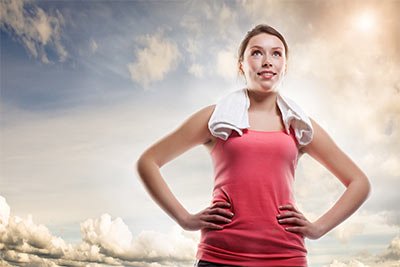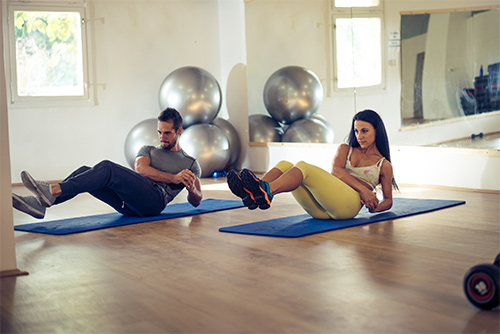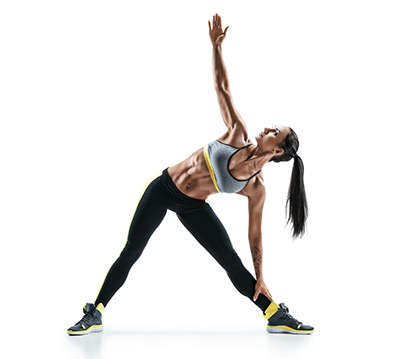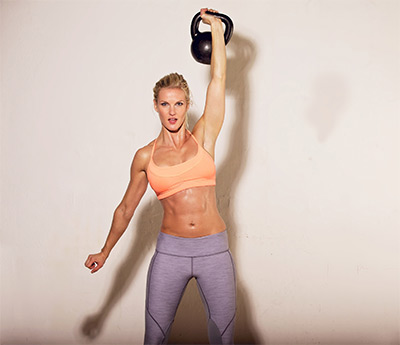
Movement is the basis of all good human health and fitness. It’s a driving factor in the way we stress the body to produce change, how we recover between stress and gains, and how we measure those results.
Today we’re going to talk about movement and how you use it for mobility and joint health. We’re going to take you through some of the basic stages and progressions that allow you to maximize your health and wellbeing with nothing more than movement.
First-Step Movement Contra Problems – Immobility, Posture, etc.
The first and most important thing to note is that non-movement is absolutely horrible for you. Immobility and inactivity come hand in hand; someone who doesn’t move will rapidly become someone who can’t move.
The benefits of movement are exceptional for their range and contribution to your quality of life. It’s a well-rounded and effective choice that has almost no barrier to entry!
The development of general movement quality and regularity could include something like walking, cycling, swimming, or structured exercise. Improving these simple habits, and including some full-range movements like lunging and stretching can be great low-level movement options.

Movement and Health
Staying active and moving is one of the most important markers for health and wellbeing. Even things like sitting are bad for health across a variety of markers. Your body runs on movement, and health is one of the key areas where this is obvious.
The development of an active lifestyle isn’t just about going to the gym, for example. It’s about staying moving and improving your overall movement quality, quantity, and regularity. The benefits are associated with everything from metabolic health, fat loss, and reduced risk from almost every form of illness.
Movement is a shield against the degradation that comes with time. If you’re smart about it and you improve the activity levels of your life, you can “accidentally” improve a wide variety of health and fitness markers!

Flexibility and Gaining Range
Movement’s first use is to develop familiarity and range. For example, regularly moving through the full range of the hip will increase the overall range in adults who have reduced mobility in that area.
It’s the first step of developing range and movement familiarity, and it’s an easy thing to do. If you don’t use a range, you will lose it over time, especially as you age. In this way, movement is the first step in developing range, but also the ultimate way of “maintaining the machine.”

Mobility and Control
Movement is the vehicle for mobility. This is the combination of flexibility or range of motion with control. It’s the active control and movement of these ranges.
The development of control through the ranges you can move through is how you reduce injury risk. This is one of the most important things to develop: flexibility by itself isn’t enough to reduce injury. It’s about having more range in joints that are healthy, safe, and strong.
Improving the ability to get your joints into good positions comes before strengthening these positions. You need to be able to move through the positions in order to strengthen them, which is one of the ways you improve your posture and resting position.

Strength and Gains
The fastest way to reduce the risk of injury is to get stronger in the ranges that you’re likely to get injured in. Weakness and poor control in a certain range of muscle length or joint angle is how you become injury vulnerable.
On the opposite side, building strength in the muscles around a joint produces a much more robust, stable, sustainable movement. Muscles become stronger through the ranges you train them and the other tissues of the joints, like tendons and bones, also rely on these stimuli.
Thus, it’s not just movement as a way of unlocking range, but loaded movement can produce strength and resilience. This is why strength training and gymnastics achieve similar things: they both produce challenging, loaded movement, the load just differs.
The development of muscle around a joint also improves things like reactivity and shock-absorption, which are great for reducing injury risk. These are especially important in things like falls or mis-steps, which are increasingly common with age.

Movement As A Driver Of Recovery – Setting Up
Movement is one of the ways that your body produces better recovery over time. This is crucial because recovery is what lies between exercise and improvements , and it will make or break your results.
The human body does not recover well when it’s not moving (apart from when sleeping). Even light, aerobic movement drives the cardiovascular system to help remove residues in the muscles and improve nutrient delivery. These processes are key players in recovery and promoting muscular strength and growth.
This kind of low intensity movement is also essential for keeping connective tissues healthy. These are low-vascularity tissues and they really benefit from the increased blood flow associated with movement.
Even when you’re not exercising in a formal way, active pastimes that involve movement are worth investing time in. These kinds of things, especially calm, relaxed walking in nature, can offer health benefits and bolster your recovery, driving those long-term physical changes you’re looking for.

Closing Remarks
Movement is not just a vehicle for structured exercise, but also affords you opportunities to improve a wide variety of physical characteristics. With mobility, control, and recovery all being tied into movement, it’s clear that it’s something you’ll need to look at holistically.
An active lifestyle is more than the sum of its’ parts and, while it’s good for your fitness, it’s also a great way to improve things like mental health, self-determination, and regulating hormonal health. It helps you age well, perform better, and it certainly does feel great watching it drive progress!
Movement should be something you find joy in, something you do regularly, and something you practice deliberately. We’ve highlighted some of the ways it helps, but how you do it and what kind of movements you focus on are all you!
Try lots, and be willing to enjoy it. Sport, exercise, and general activities all have a place in your life and should fit together in a way that makes sense for you as a person, rather than being a chore.







